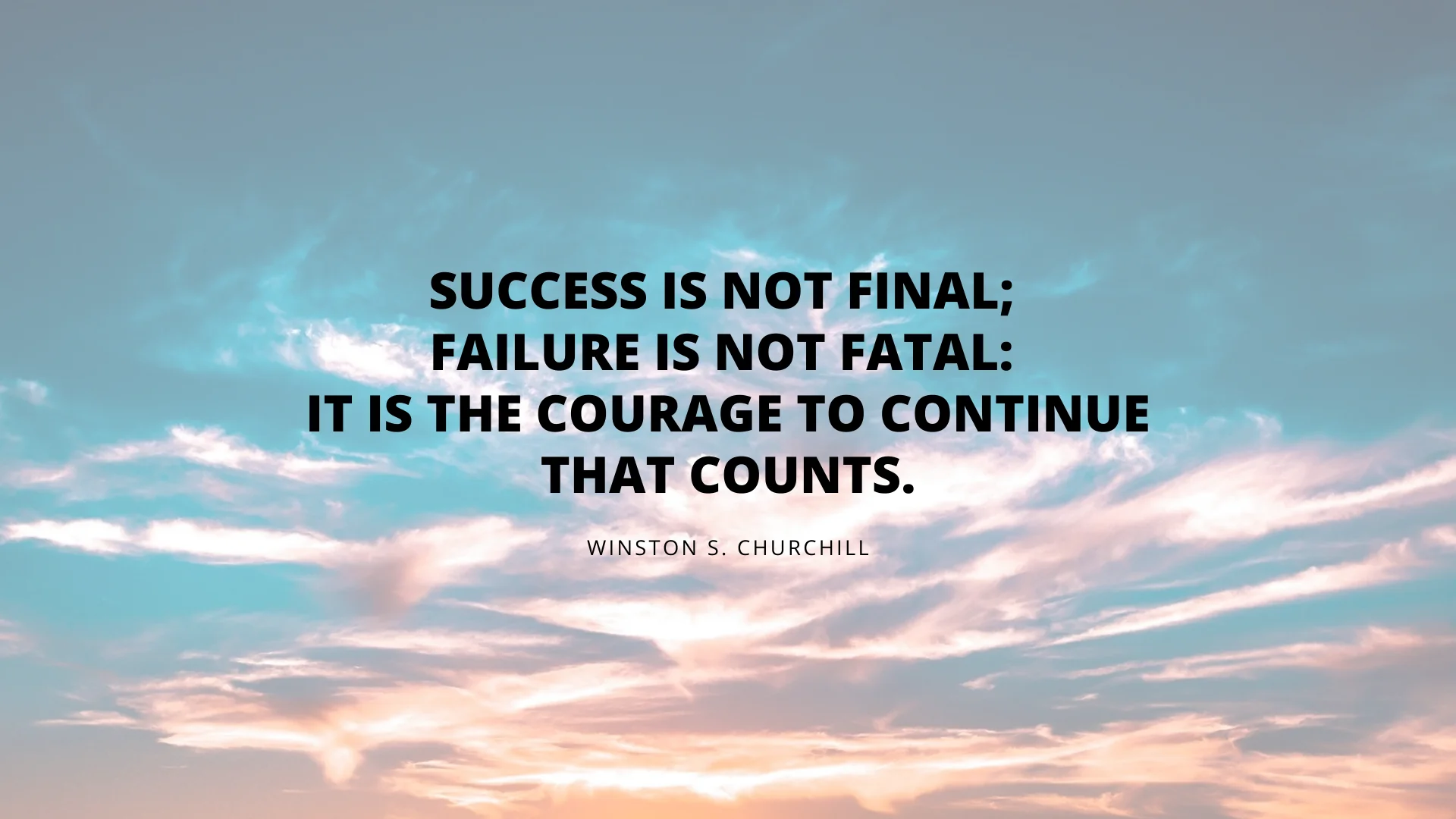The Power of a Small Idea
Every great achievement often begins with a single, simple idea. These ideas are the sparks that light the fire of innovation, challenging the status quo and providing solutions to problems many didn’t even know existed. Some of the most inspiring success stories in history have their roots in modest, even overlooked ideas that turned into world-changing phenomena.
Big things often have small beginnings. What sets successful entrepreneurs apart is not the grandeur of their initial concept but their ability to recognize potential in simplicity. A small idea can address a niche need, solve a lingering problem, or even reinvent an old concept.
“A person with a new idea is a crank — until the idea succeeds.” — Mark Twain
The beauty of small ideas lies in their accessibility. You don’t need to be a billionaire or have an Ivy League degree to come up with something extraordinary. All you need is a keen sense of observation and the courage to take the first step.
Case Study 1: Post-it Notes — From Sticky Mess to Global Success: One of the most iconic examples of a small idea turning into a global phenomenon is the invention of the Post-it Note.
The Idea: In 1968, Spencer Silver, a scientist at 3M, was trying to create a super-strong adhesive. Instead, he accidentally developed a weak, reusable adhesive that didn’t leave residue. Initially, the invention seemed useless. However, years later, his colleague Art Fry found a purpose for it: to create bookmarks that wouldn’t fall out of his church hymnbook.
The Growth: After some initial skepticism within 3M, the product was finally launched in 1980. It was marketed as a simple, effective way to organize tasks and notes. Today, Post-it Notes are a household name, generating millions of dollars annually.
Key Lessons from Post-it Notes:
- Innovation Can Be Accidental: Not all discoveries are intentional. Often, innovation comes from looking at existing resources differently.
- Persistence Pays Off: Despite initial doubts, Fry and Silver didn’t give up on their invention.
- Simplicity Sells: A simple product that solves a real-world problem can resonate with millions.
Table 1: Key Milestones of Post-it Notes
| Year | Event | Outcome |
|---|---|---|
| 1968 | Spencer Silver invents weak adhesive | Initial rejection |
| 1974 | Art Fry uses adhesive for bookmarks | Concept gains interest |
| 1980 | Launch of Post-it Notes | Instant commercial success |
| 2023 | Global sales across industries | multi-million-dollar brand |
Case Study 2: Instagram — A Simple Photo App Turns into a social media Giant: Instagram started as a straightforward idea that redefined the way people shared their lives online.
The Idea: In 2010, Kevin Systrom and Mike Krieger wanted to create a mobile app focusing on photo-sharing. Their breakthrough moment came when they added filters, enabling users to enhance their photos easily. This feature set Instagram apart from other social media platforms.
The Growth: Instagram gained traction rapidly, reaching 1 million users within two months of its launch. By 2012, Facebook acquired the app for $1 billion. Today, Instagram boasts over 1 billion active users and is a cornerstone of social media culture.
Key Lessons from Instagram:
- Focus on Simplicity: By streamlining features, Instagram offered a user-friendly experience.
- Leverage Trends: The app launched when smartphone photography was becoming popular.
- Adaptability Matters: Over the years, Instagram has evolved by adding features like Stories and Reels to stay relevant.
Case Study 3: Canva — Democratizing Design: Canva’s story is a testament to how solving a universal problem can lead to phenomenal success.
The Idea: In 2007, Melanie Perkins noticed how complicated graphic design tools were. She envisioned an easy-to-use, drag-and-drop platform that anyone could access. Starting with a focus on yearbook design, Perkins and her team later expanded Canva to a global audience.
The Growth: Launched in 2013, Canva gained popularity quickly, thanks to its free-to-use model and intuitive interface. By 2023, Canva had over 135 million active users and a valuation of $40 billion.
Key Lessons from Canva:
- Solve Real Problems: Canva succeeded by making professional design accessible to everyone.
- Start Small, Dream Big: Perkins began with a niche audience and gradually scaled the business.
- Create Value: By offering a freemium model, Canva attracted millions of users who later upgraded to premium features.
Table 2: Canva’s Success Metrics
| Year | Event | Achievement |
|---|---|---|
| 2007 | Melanie Perkins begins yearbook tool | Initial small-scale success |
| 2013 | Canva officially launches | Grows to 750,000 users |
| 2021 | Valued at $40 billion | Becomes a design leader |

Key Strategies to Transform Small Ideas into Success:
Identify the Problem: Every great idea addresses a problem. Start by observing pain points in everyday life or industries you’re passionate about.
Validate Your Idea: Test your concept with a small audience. Gather feedback, refine your approach, and ensure there’s a demand for your product or service.
Keep it Simple: Complexity can deter adoption. Focus on a core feature or benefit that makes your product stand out.
Leverage Technology: Technology can amplify your idea, helping you reach more people faster.
Stay Persistent: Rejection is part of the journey. What matters is how you learn and adapt from setbacks.
Table 3: Tips for Growing a Small Idea
| Strategy | Description |
|---|---|
| Focus on one niche | Start small and dominate a specific area |
| Build a strong network | Connections open doors to opportunities |
| Invest in marketing | Effective marketing can amplify your idea’s reach |
| Embrace innovation | Continuously improve and adapt to changing trends |
Overcoming Challenges: Turning a small idea into a success story isn’t without hurdles. Common challenges include:
- Limited Resources: Many startups operate with minimal funding. Explore crowdfunding or bootstrap your way forward.
- Market Saturation: Research your competition and identify your unique selling point.
- Scaling Issues: Scaling too fast can lead to operational bottlenecks. Expand carefully and sustainably.
“The road to success is dotted with many tempting parking spaces.”
The journey from a small idea to an inspiring success story is filled with twists, turns, and challenges. As we’ve seen in the stories of Post-it Notes, Instagram, and Canva, the common thread is persistence, creativity, and a commitment to solving real-world problems.
Whether your idea is a product, service, or innovation, remember that small beginnings often lead to great achievements. By believing in your idea, staying adaptable, and putting in the effort, you too can create an inspiring success story.
FAQs
What makes a small idea successful?
A successful small idea solves a problem, addresses a gap in the market, or offers an innovative solution.
How do I know if my idea is worth pursuing?
Test your idea with a small group and gather feedback. If it resonates with your target audience, it’s worth exploring further.
Do I need significant funding to start?
Not necessarily. Many successful ventures started with minimal resources. Focus on validating your idea before seeking major investments.
How do I stay motivated during setbacks?
Remember that every entrepreneur faces challenges. Celebrate small wins, learn from failures, and stay focused on your long-term vision.






